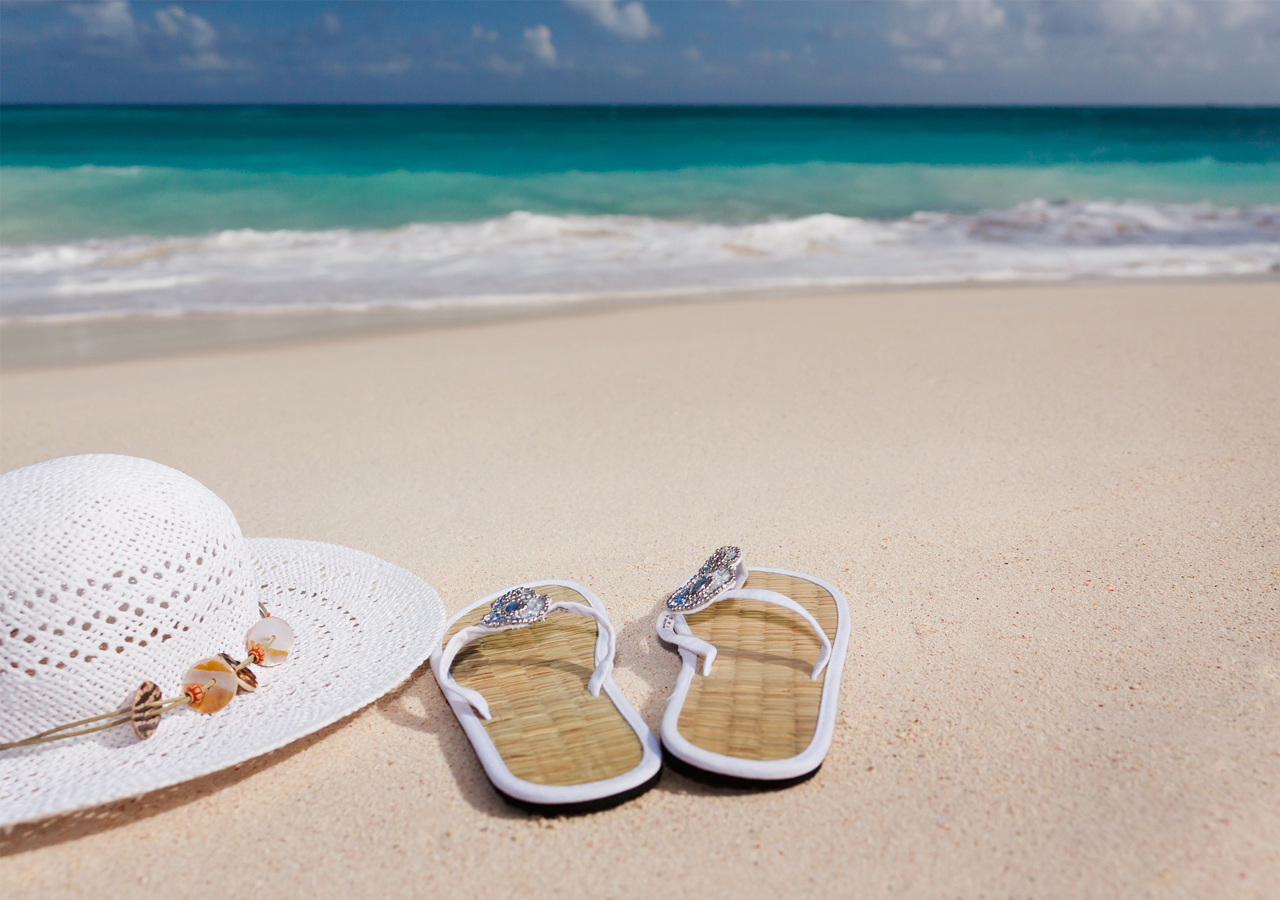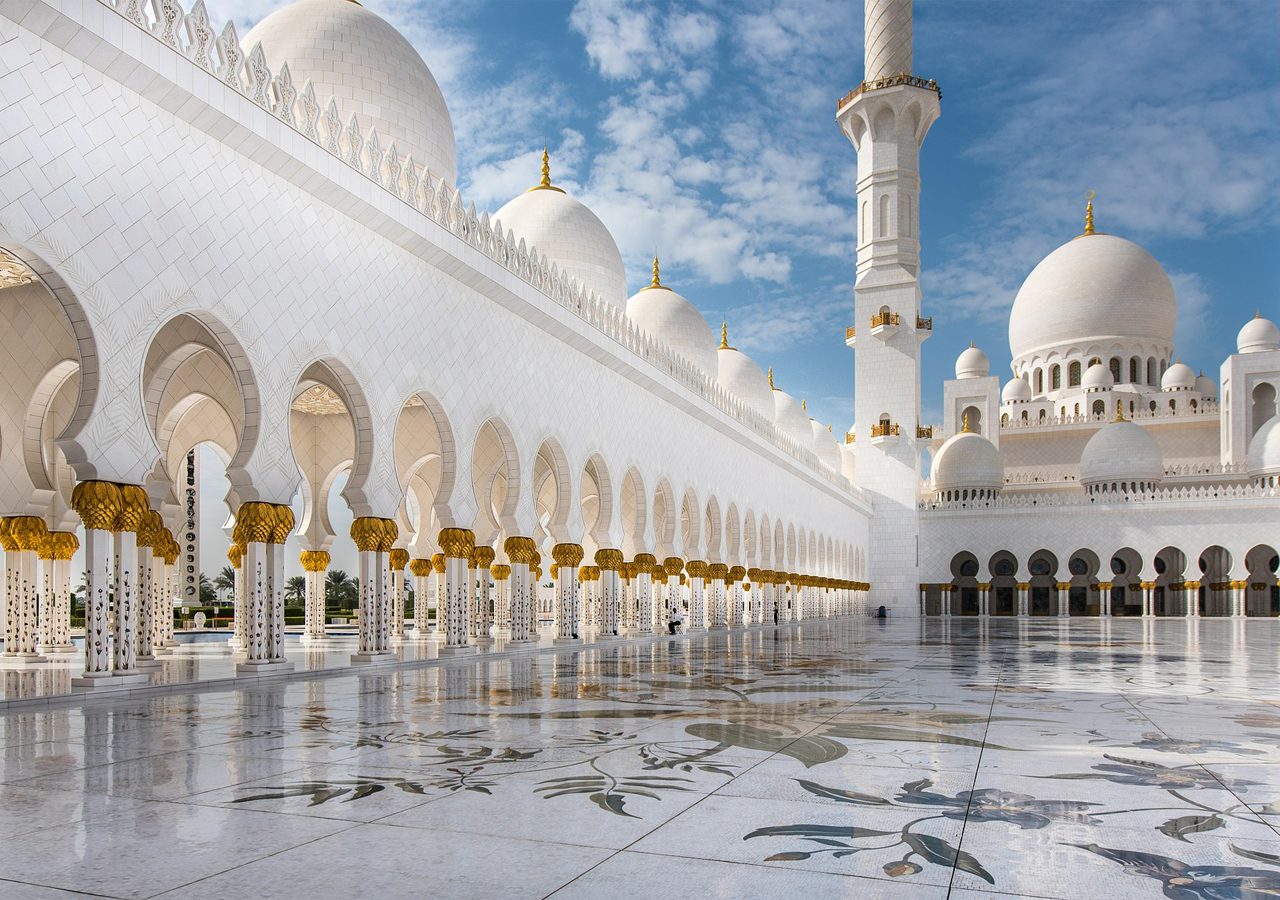скупка тепловизионн
페이지 정보
작성자 WilliamUselt 작성일24-11-27 19:09 조회5회 댓글0건관련링크
-
 https://skupkoff.ru
3회 연결
https://skupkoff.ru
3회 연결
-
 https://skupkoff.ru
3회 연결
https://skupkoff.ru
3회 연결
본문
They’ve sailed across Southeast Asia for centuries. Now, these sea nomads are being forced to live on land
купка техники в москве
Bilkuin Jimi Salih doesn’t remember how old he was when he learned to dive, only, that all the men in his family can do it.
It might have been his grandfather who taught him, or his father, or even an uncle or cousin. He recalls swimming dozens of feet underwater among the reefs, collecting spider conches, abalone and sea cucumbers to sell at the local fish market.
“One of our specialties is that, because we live on the sea and we’re always in the sea, we can dive in the water for a long time,” says Salih, via a translator. “We learn by observing, and from there, we develop our own technique.”
To most people, Salih’s free diving skills are highly unusual; but not to his community. Salih is Bajau Laut, an indigenous seafaring group in Southeast Asia that has lived a semi-nomadic lifestyle on the ocean for centuries. Living on boats and fishing for income and sustenance, the Bajau Laut aren’t just reliant on the sea: they’re biologically adapted to it, with larger spleens that give them the ability to hold their breath for far longer than the average person.
“We’re very comfortable in the water,” says Salih. The 20-year-old was born on board a lepa, a type of houseboat, on the shore of Omadal Island, off the coast of Semporna in Malaysian Borneo.

















